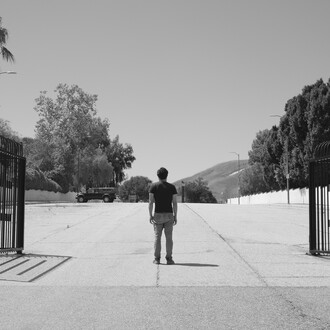The emphasis of the Musical Instrument Collection, which contains more than 700 objects, is on musical instruments that stand out due to their exceptional artistic or technical design. A few years after the MKG was founded, the museum began to build the Musical Instrument Collection.
The initial gift of 10,000 Deutsche Mark was given by the association The Hamburger Friends of Music to the conductor Hans von Bülow on the occasion of his 60th birthday in 1890. After consulting his friend the composer Johannes Brahms (1833-1897), Bülow ensured the Hamburg Handel researcher Friedrich Chrysander (1826-1901) would receive the money. Chrysander bought a couple of valuable Baroque instruments by the Hamburg lute and violin maker Joachim Tielke (1641–1719) at auction. With their precious inlay in ivory, ebony, tortoiseshell and mother of pearl, these eleven bowed and plucked instruments remain a highlight of the collection today.
Instruments from Hamburg ateliers active during the late 17th and 18th century were also added. With the gift of historical keyboard instruments from the Hamburg collector Prof. Dr. Andreas Beurmann in 2000, the collection gained another focus. This collection is comprised of harpsichords, virginals, spinets and clavichords from the 16th to 18th and 20th centuries, from Italy, France, the Netherlands, England and Germany, as well as fortepianos from the 18th to 20th centuries. The entire development of keyboard instruments may be observed through the display of, for the most part, playable objects. In 2011, the collection of Wolfgang Hanneforth was acquired and, therefore, added string- and woodwind instruments from the 19th and 20th centuries, which are set apart by their construction and by technical innovation.
Among these objects are patented instruments and instruments developed for early recordings: the Strohviol, kit violins, pochettes, miniature violins, flutes and flageolets. Thanks to donations and acquisitions the Musical Instrument Collection continuous to grow.
















